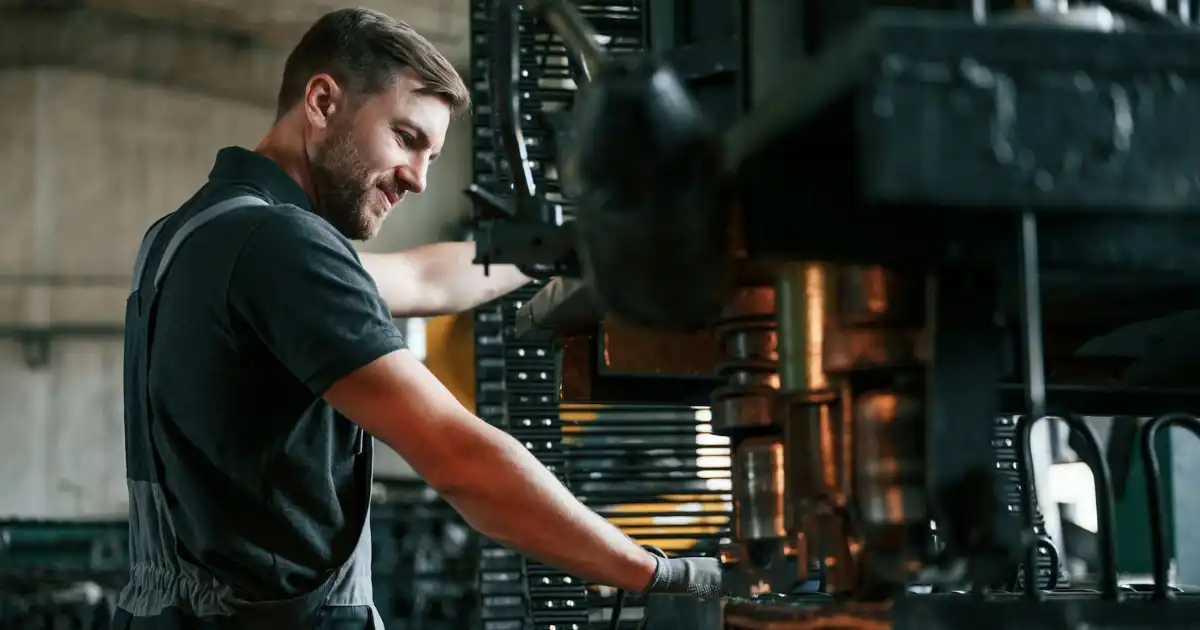Hockey is a fast, physical, and skill-driven sport where every piece of gear matters — and few tools are more important than the hockey stick. Over time, the sport has evolved from traditional wooden blades to high-performance carbon fiber hockey sticks that boost power, control, and consistency. But how exactly are these modern marvels built?
Let’s head behind the scenes to explore how carbon fiber hockey sticks are made, and why they’ve become the go-to for players chasing speed and precision.
The Carbon Fiber Revolution in Hockey Sticks
Carbon fiber has completely transformed stick design. Lightweight yet incredibly strong, it allows manufacturers to create sticks with pinpoint flex profiles, ideal balance, and unmatched durability.
These sticks deliver consistency shift after shift. Unlike older wood models that varied in weight and feel, carbon fiber hockey sticks offer predictability and performance across every pass, shot, and block.
Step 1: Performance-Focused Design
Each carbon fiber hockey stick starts as a carefully engineered concept. Designers map out the ideal kick point, blade curve, shaft shape, and overall weight distribution. Every detail is aimed at maximizing shooting velocity and control while suiting specific playstyles — from puck-moving defensemen to net-crashing forwards.
This early planning is also where custom options come into play. Blade patterns, grip textures, and flex ratings can all be tailored to match how players move and shoot on the ice.
Step 2: Crafting the Carbon Core
At the heart of the process is carbon fiber layering. Sheets of carbon fiber are cut and laid down at exact angles to control how the stick flexes and holds up under pressure. These layers are either hand-laid or placed by automated systems to ensure precision.
This phase is crucial. Layering determines how responsive the stick will be during quick-release snapshots or powerful slapshots. Too much stiffness limits feel, while too much flex sacrifices strength. Getting this balance right is both a science and an art.
Step 3: Shaping and Heat-Setting
Once the carbon layers are in place, the materials are inserted into molds that shape the shaft and blade. The molds then go into industrial ovens called autoclaves. There, heat and pressure bond the carbon layers together and give the stick its solid, durable form.
This step finalizes the stick’s structural integrity and sets its performance capabilities in stone. After curing, the stick is ready for finishing touches.
Step 4: Grip, Graphics, and Quality Control
With the stick fully formed, the next step is refinement. The blade may receive additional treatments to improve puck feel, and grip coatings are added to the shaft for comfort and control during play.
Brand graphics and logos are applied using decals or digital printing, giving the stick its distinct look. The final quality check ensures every hockey stick meets strict standards for flex, balance, and weight before heading to the player’s hands.
Step 5: Personalization and Precision Fit
Modern stick manufacturers recognize that performance is personal. That’s why players can now customize their hockey sticks to fit their playing style. From flex and blade curve to shaft finish and stick length, it’s all about getting a tool that responds to you.
This attention to detail helps players feel confident every time they step on the ice. The stick becomes a trusted piece of equipment that supports quick decision-making and precise movement.
What Carbon Fiber Brings to the Rink
Here’s why carbon fiber hockey sticks have become the standard:
- Lightweight build for faster hands
- Tuned flex for explosive shot release
- Consistent puck feel and responsiveness
- Built tough for long-term use
From snap passes to top-shelf shots, today’s sticks are built to perform. The advanced materials and expert construction behind each one mean you get a stick that delivers when it counts most.
All Black Hockey Sticks
All Black Hockey Sticks brings premium-quality carbon fiber hockey sticks to players without the premium price. ABHS is focused on making elite-level gear accessible, starting at just $89 — a price that defies expectations in the world of high-performance hockey sticks.
Here’s why ABHS stands out:
• High-Grade Construction: ABHS hockey sticks use top-tier carbon fiber for durability, responsiveness, and balance you can feel in every shift.
• Full Customization: Choose from a variety of flex ratings, blade patterns, and stick lengths.
• Built for Every Position: ABHS designs sticks that support all playstyles — whether you’re a scorer, shutdown D, or steady goaltender.
• No Retail Markups: Thanks to a direct-to-consumer approach, ABHS cuts out the middleman and passes the savings directly to players.
In addition to hockey sticks, ABHS offers custom gear bags and accessories — all crafted with the same focus on quality and function. Our hassle-free online ordering system ensures players get what they need quickly and easily.
For athletes looking for serious performance without the sticker shock, ABHS delivers a powerful combination of value and innovation.
Gear up with a stick that matches your intensity.
Hockey isn’t just played — it’s lived. Every stride, pass, and shot reflects the grit and fire you bring to the ice. That’s why your gear needs to keep up. From the first faceoff to the final buzzer, your stick should be an extension of your instincts — built for speed, strength, and split-second decision-making.
With layered carbon fiber construction, optimized flex points, and fully personalized specs, the modern hockey stick isn’t just equipment — it’s a weapon crafted for your unique game. Balance, release, puck feel — it all adds up to a stick that doesn’t just keep pace, it drives your performance.
Your gear should work as hard as you do. So don’t settle for average. Step on the ice with confidence, knowing you’ve got a hockey stick that delivers on every shift and rises to every challenge.
Your game. Your stick. Your moment. Let’s go. 💥
#HockeySticks #PlayWithPurpose #BuiltForTheIce #CarbonFiberPower #ABHS #UnleashYourShot

